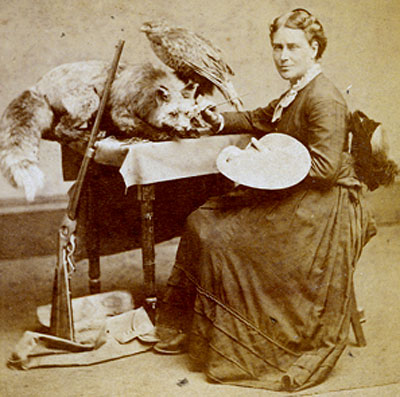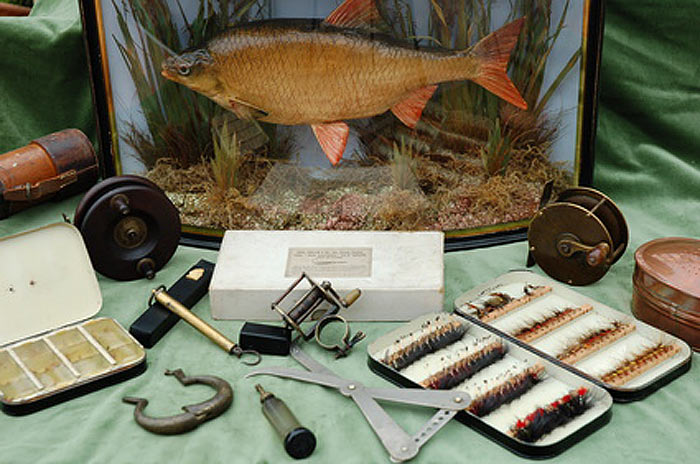Innovators of Modern Taxidermy
The word taxidermy is of Greek origin “taxi” and “derma”, which means arrangement of skin. Taxidermy is a common term that describes the techniques and methods to reproduce or mount three dimensional representations of dead animals for exhibition or for study purpose. It can be performed on all vertebrates including fish, birds, amphibians, reptiles and […]
Innovators of Modern Taxidermy Read More »


